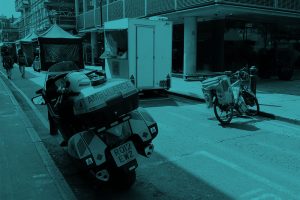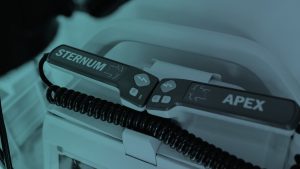
Cardiac disease detection from ECG signal using discrete wavelet transform with machine learning method
Abstract Objectives: Cardiac disease is the leading cause of death worldwide. If a proper diagnosis is made early, cardiovascular problems can be prevented. The ECG











